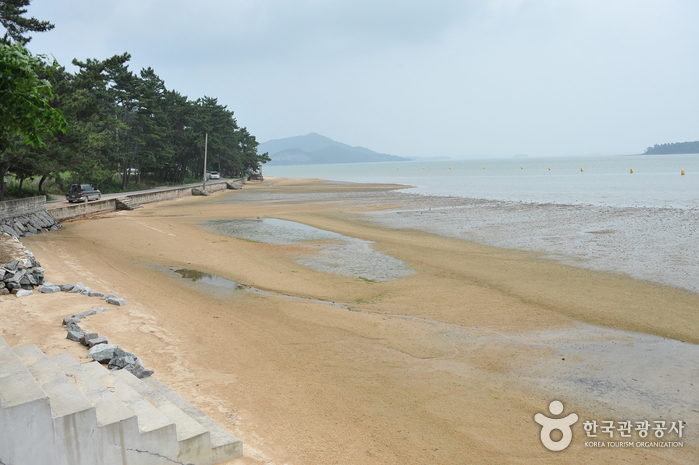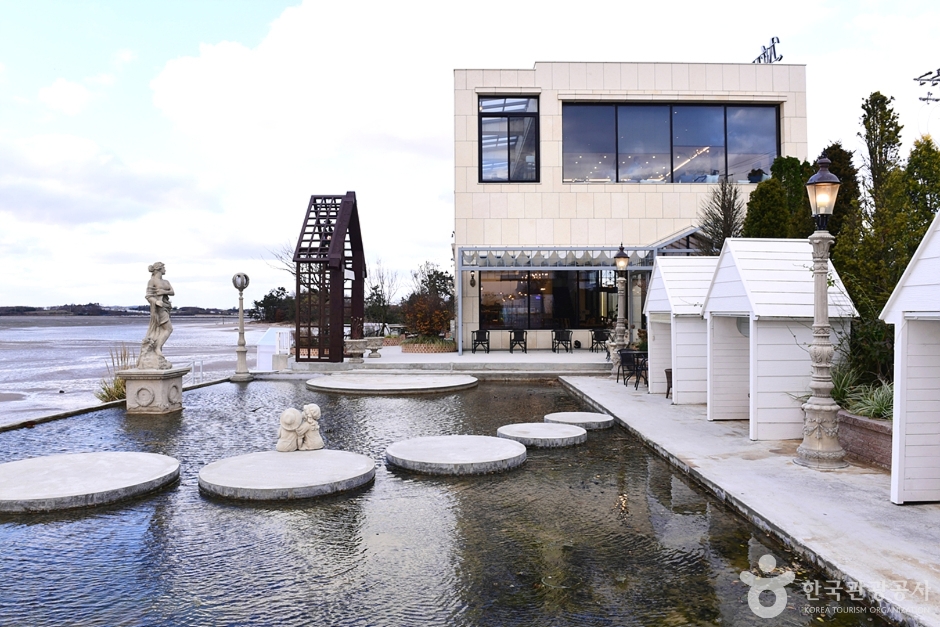Tommeori Beach (톱머리 해수욕장)
18.1Km 2021-08-11
66, Tommeori-gil, Muan-gun, Jeollanam-do
+82-61-454-5224
Tommeori Beach can be characterized by the extremes shown at high and low tides. The endless stretch of white sandy beach during the low tide and the dense black pine forest offer a spectacular view. The shallow waters and low slope make it a great vacation destination.
Muan beach hotel / 무안비치호텔
18.1Km 2025-03-18
36 , Tommeori-gil, Muan-gun, Jeollanam-do
+82-61-454-4900, +82-10-9045-7748, +82-10-3379-6656
Muan Beach Hotel, which stands on Topmeori Beach in Muan, Jeollanam-do, is a hotel-class motel where guests can enjoy the beach scene all year round. The motel offers a choice of different rooms, including a 2-person suite, a VIP room, and a condominium room of 60 pyeong/200 sq metres, suitable for a family of four. The motel has ample parking space, and is just 5 minutes away from Muan Country Club and Muan International Airport.
Muan 879 (무안 879)
19.5Km 2024-03-28
879 Cheongun-ro, Mangun-myeon, Muan-gun, Jeollanam-do
Muan 879 is a large café with a view of the sea near Muan Tommeori Beach. It is famous for its exotic outdoor garden resembling a European art museum and its hydrangea photo zone. The first floor is decorated with antique furniture and lighting, while the second floor has a more modern atmosphere. Enjoying an americano while admiring the sea view through the large windows is a delightful experience.
Sook Octopus (숙이네)
19.8Km 2025-01-23
172 Seongnam 1-gil, Muan-eup, Muan-gun, Jeollanam-do
It is an octopus specialty restaurant with over 40 years of tradition. Their most popular dish is nakji chomuchim (sweet and sour octopus salad), flavored with homemade rice wine vinegar.
Dongsanjeong (동산정)
19.8Km 2025-01-23
173 Seongnam 1-gil, Muan-eup, Muan-gun, Jeollanam-do
You can enjoy dishes made with fresh octopus brought daily from the early morning auctions at a relatively affordable price. The recommended dish is yeonpotang, prepared by adding live octopus to a broth simmered for over 3 hours with 13 different ingredients.



 English
English
 한국어
한국어 日本語
日本語 中文(简体)
中文(简体) Deutsch
Deutsch Français
Français Español
Español Русский
Русский